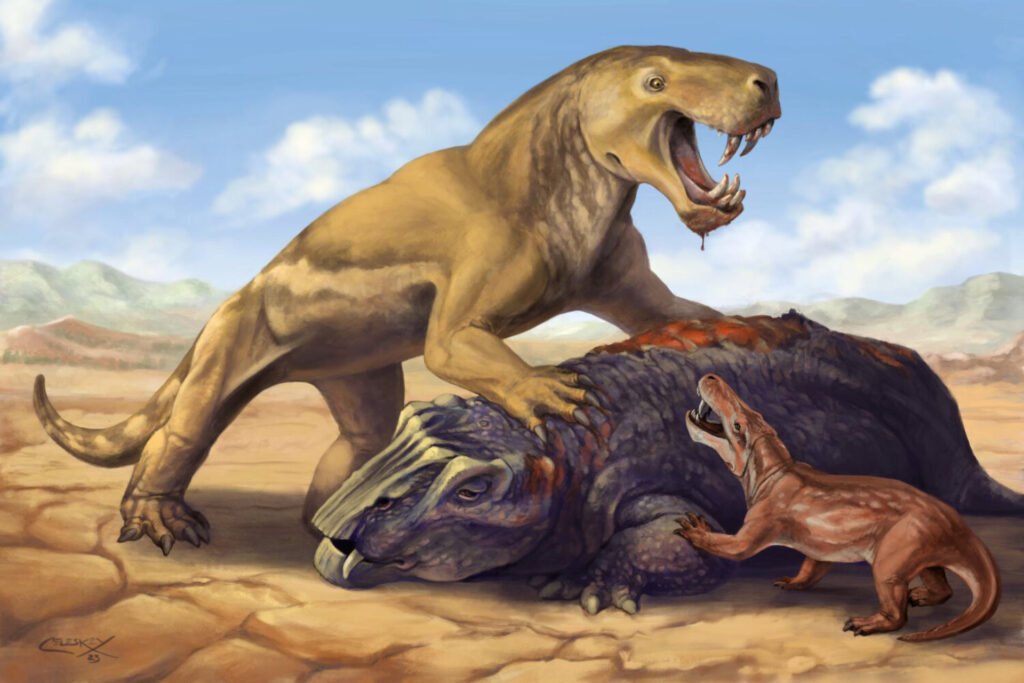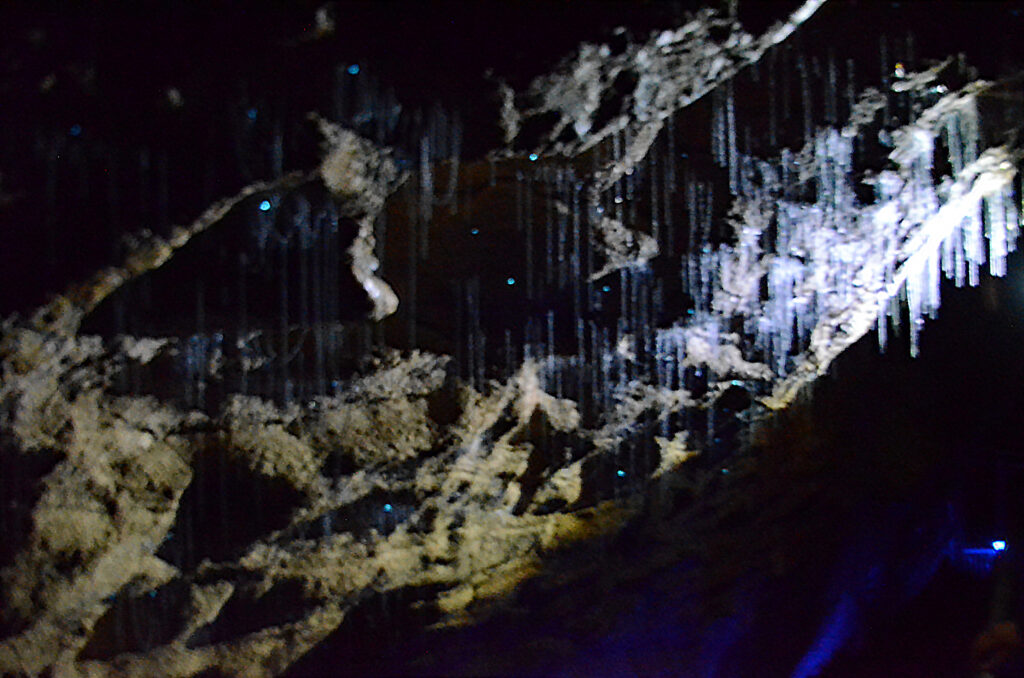Far out in the dry badlands of South Africa’s Karoo Basin, fossils have been unearthed by paleontologists that rewrite the book on prehistoric survival and extinction. The fossils are those of Inostrancevia, a giant saber-toothed predator known to science only through Russian fossils until now. The tiger-sized gorgonopsian proto-mammal with reptilian traits somehow traveled an incredible 11,300 kilometers (7,000 miles) across the supercontinent Pangea before dying in what is now South Africa.
The discovery, published in Current Biology, reveals more than just an ancient migration. It exposes a desperate journey made by an apex predator fleeing ecological collapse only to succumb to the greatest mass extinction Earth has ever seen.
Meet Inostrancevia: The Permian’s Ultimate Killing Machine
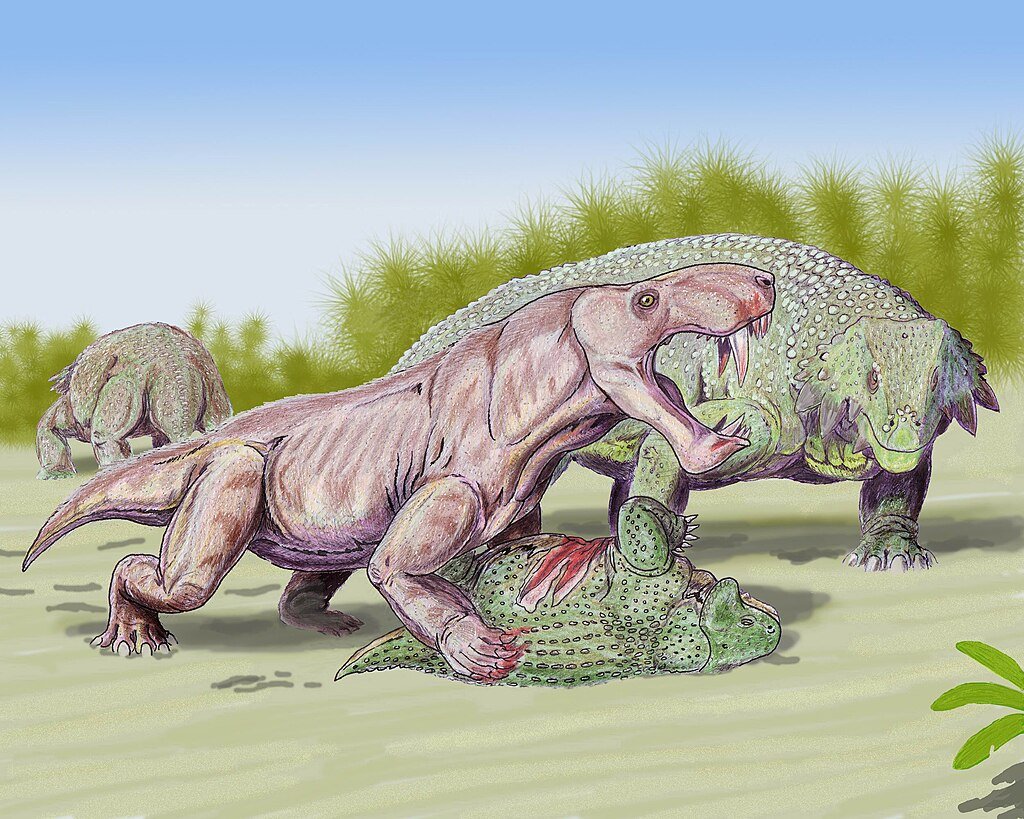
Inostrancevia was not an ordinary hunter. It was among the largest of gorgonopsians and grew 3.5 meters (11.5 feet) long, weighing as much as a modern-day tiger, with 15-centimeter (6-inch) saber teeth, the earliest recorded case of such use of weaponry on the planet Earth.
Key Features of This Ancient Hunter:
- Hybrid Anatomy: Half reptile, half mammal, with thick rhino-like hide.
- Deadly Bite: A 70-degree wide-opening jaw superior to any living big cat to deliver crushing slashing blows.
- Top of the Food Chain: Hunted slow-moving herbivores such as Dicynodonts and Pareiasaurs that ruled Permian landscapes.
But despite its supremacy, Inostrancevia disappeared from Russia’s fossil record only to re-emerge, surprisingly, in South Africa.
The Mystery of the Cross-Continent Trek
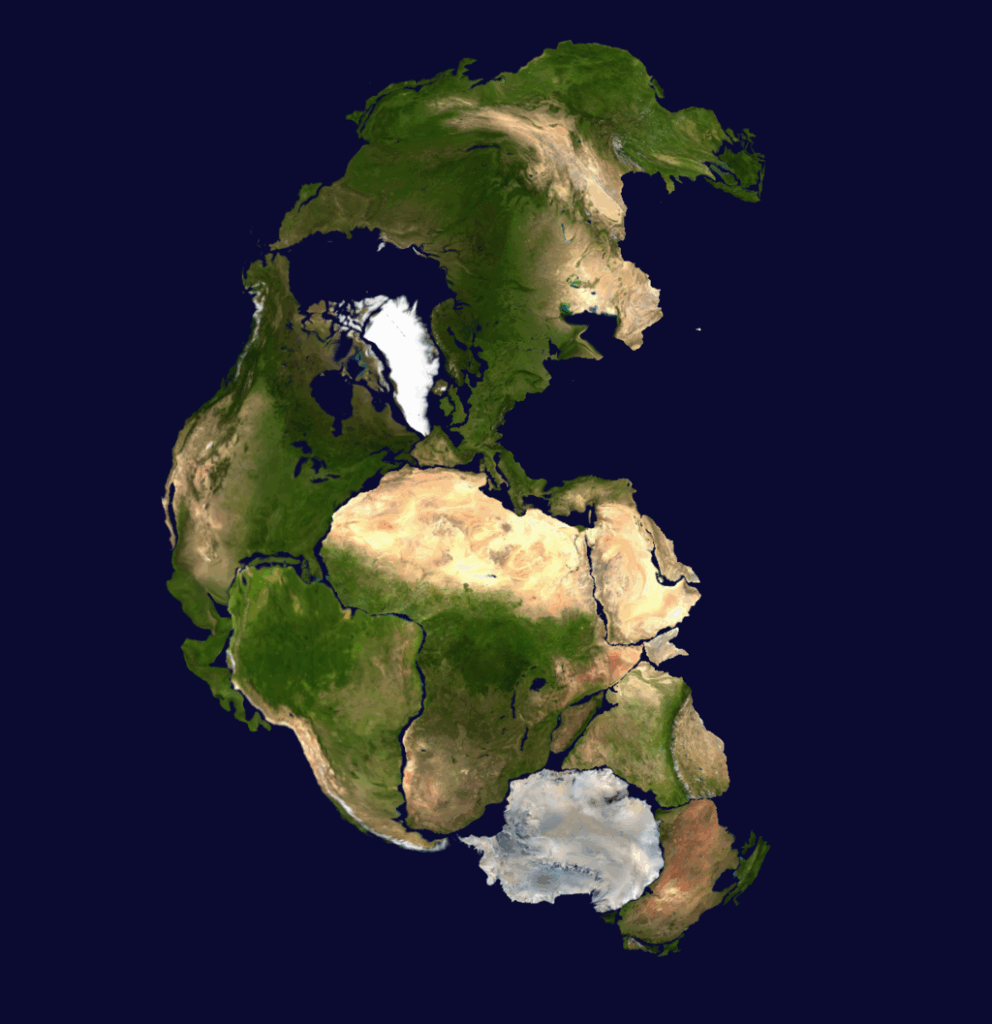
How Did a Russian Predator End Up in Africa?
Pangea, the supercontinent that once joined all of Earth’s landmasses, permitted species to travel huge distances. But Inostrancevia’s trek was no Sunday stroll.
- The Collapse of Its Native Ecosystem
- In Russia, climate shifts and dwindling prey likely forced Inostrancevia to seek new hunting grounds.
- Similar pressures may have already wiped out South Africa’s native apex predators, the rubidgeine gorgonopsians, leaving an open niche.
- An Epic Migration
- The trek would have taken generations, crossing deserts, floodplains, and volcanic regions.
- No fossil evidence of Inostrancevia exists along the route suggesting it moved quickly, possibly in small, stressed populations.
- A Brief Reign in Africa
- Once in South Africa, Inostrancevia briefly became the region’s top predator.
- But within 200,000 years, it too disappeared just before the Permian-Triassic extinction, which wiped out 90% of all species.
Apex Predators as the First Victims
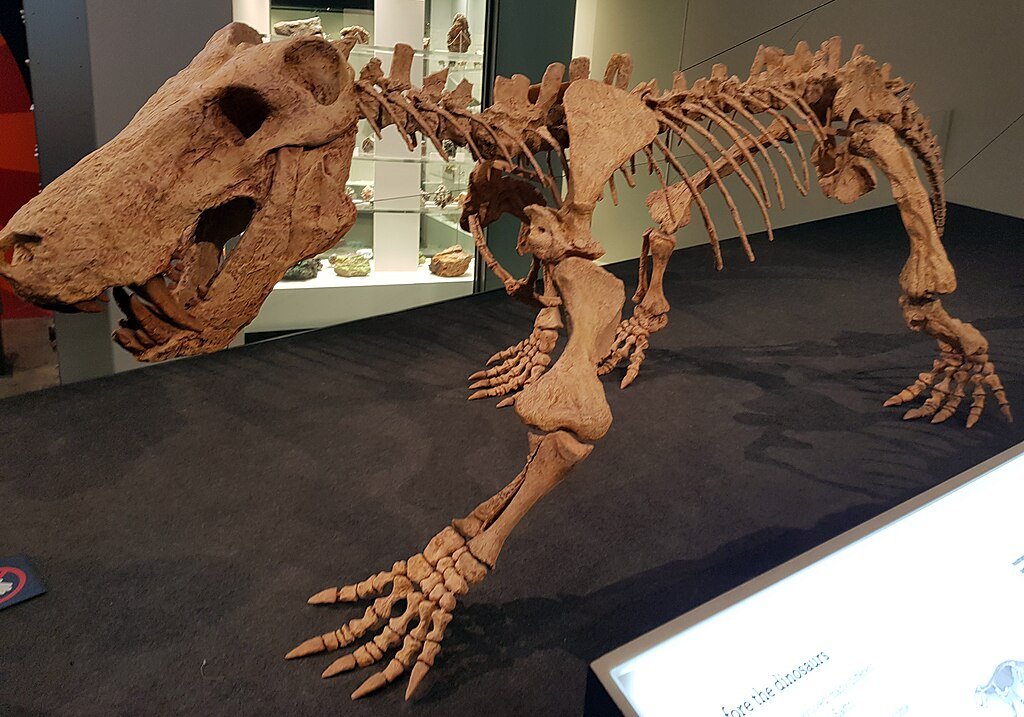
Why Top Predators Are the First to Fall
The research uncovers a chilling trend: ecosystems disintegrate from top to bottom.
- Specialization = Vulnerability: Top predators such as Inostrancevia need stable food webs. With prey decline, they die.
- Slow Reproduction: Large predators have few offspring, making recovery difficult.
- Modern Parallels: As wolves and tigers disappear first in man-impacted ecosystems, so does Inostrancevia’s destiny parallel today’s crisis in biodiversity.
“When the top predators start disappearing, it’s a sign that the entire system is unraveling,” says Dr. Christian Kammerer, co-author of the study.
The Permian Extinction: A Warning for Today?
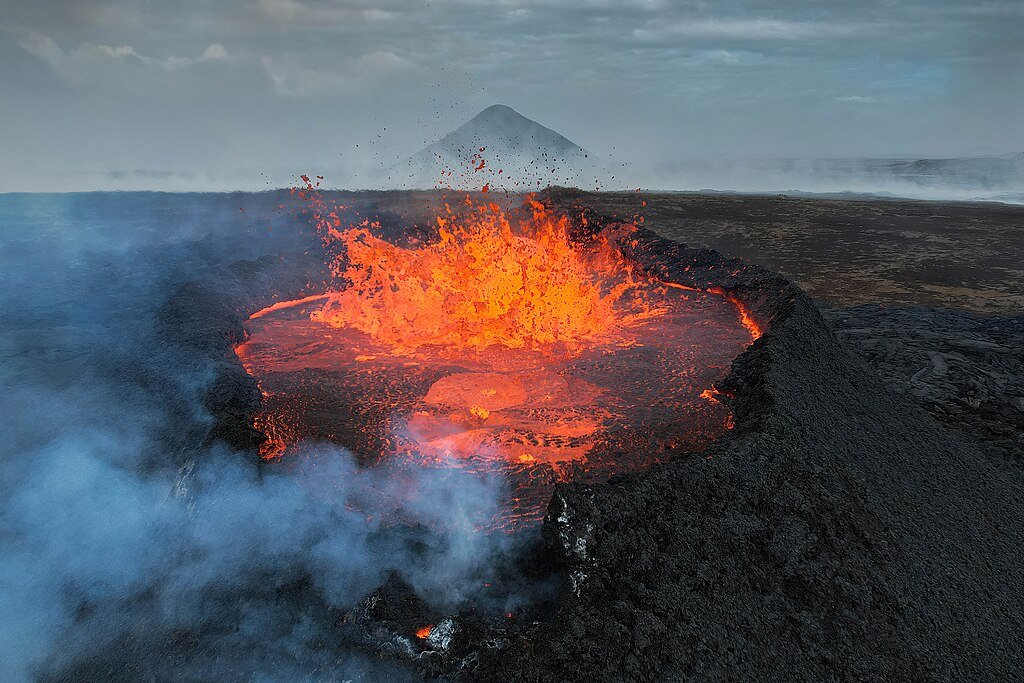
Lessons from Earth’s Deadliest Mass Extinction
The Permian-Triassic extinction, known as “The Great Dying,” was triggered by:
- Catastrophic volcanic eruptions (Siberian Traps)
- Runaway global warming
- Ocean acidification
Sound familiar?
Key Takeaways for Modern Conservation
- Apex predators are bellwethers, and their decline indicates greater ecological collapse.
- Migration was not salvation, Inostrancevia’s trek merely postponed extinction.
- We’re repeating history, human-driven climate change and habitat destruction mirror Permian stressors.
“This is not just about ancient fossils,” warns Dr. Pia Viglietti. “It’s about seeing the patterns before it’s too late.”
The Fossil That Changed Everything

The Karoo Basin, where the remains of Inostrancevia were discovered, is one of the richest Permian fossil sites globally. The finds were made through a comparison of Russian and South African specimens and confirming they were from the same genus.
What’s Next?
- Tracking the Migration: Researchers expect to discover fossils along the way to trace Inostrancevia’s path.
- Studying Extinction Triggers: Were previous predator extinctions responsible for speeding up the Great Dying?
- Modern Implications: How do we ensure that today’s top predators do not end up like them?
Conclusion: A Prehistoric Exodus with a Haunting Message
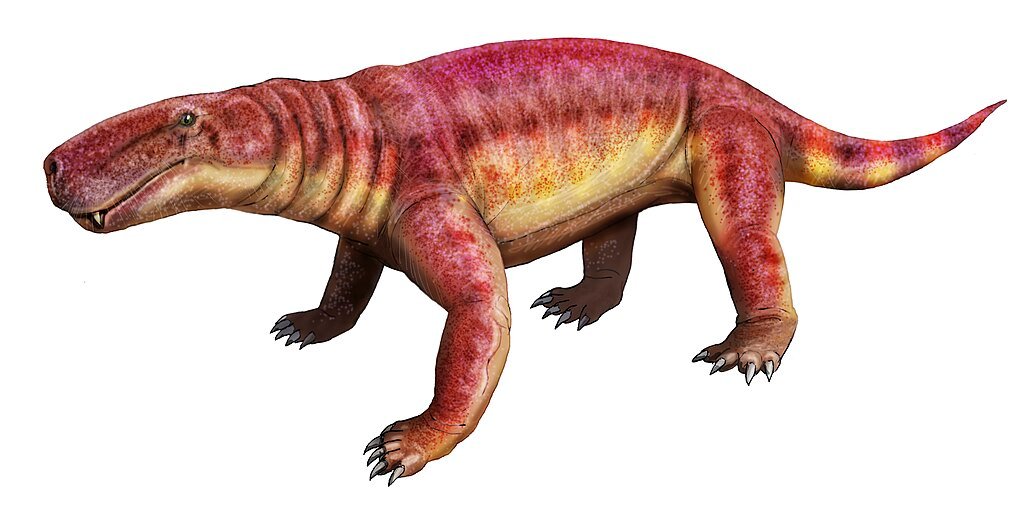
The tale of Inostrancevia is one of desperation, survival, and finally, extinction. It spanned a supercontinent in search of survival only to discover that there was nowhere to be safe when the world itself became hostile.
As we stare into our own environmental crisis, the fate of this primeval predator gives us a grim warning: When the apex of the food chain falls, all the rest does too.
Final Thought:
“The past doesn’t repeat itself, but it rhymes.” Mark Twain’s words echo eerily in Inostrancevia’s story. Will we heed the warning?
Sources & Further Reading:
- Original Study (Current Biology)
- Inostrancevia Fossil Background
- The Permian Extinction Explained (National Geographic)

Jan loves Wildlife and Animals and is one of the founders of Animals Around The Globe. He holds an MSc in Finance & Economics and is a passionate PADI Open Water Diver. His favorite animals are Mountain Gorillas, Tigers, and Great White Sharks. He lived in South Africa, Germany, the USA, Ireland, Italy, China, and Australia. Before AATG, Jan worked for Google, Axel Springer, BMW and others.

